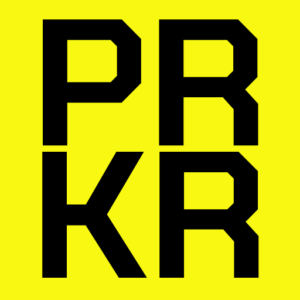Ever wondered how some brands manage to get media coverage and always be in the spotlight? Securing media coverage might seem like a tough nut to crack, but it’s all about knowing the right moves.
Whether you’re aiming to dazzle on digital platforms or shine in traditional media, understanding the media landscape is your first step toward making headlines.
- Connect with the right journalists through social media—follow, engage, and spark conversations.
- Then, craft and pitch your stories, making sure they resonate with the interests of your targeted outlets.
- Don’t forget to amplify your presence using social platforms and monitor how each story performs.
- By analyzing interactions and coverage frequency, you can refine your strategies to ensure your brand’s media efforts have a lasting impact.
Ready to transform your approach and see your name in lights? Let’s dive into the world of media mastery!
Understanding the Basics of Media Coverage
Before you start your quest for media exposure, it’s essential to understand the basics of media coverage. This includes recognizing the different types of media channels and their unique benefits.
Definitions and Importance of Media Coverage

Media coverage for your business can provide a platform for establishing brand authority and building trust with your audience. It’s an effective way of telling your compelling story, which can resonate and create a deep connection with the audience.
With media coverage, your brand credibility can be enhanced. This is vital in this digital age where consumers are savvy and seek out trustworthy brands. So, investing in media coverage is investing in your brand’s future.
Types of Media Channels
Diving into the world of media coverage, it’s crucial to familiarize yourself with the various media channels available, such as TV, radio, print, and online platforms, each offering unique benefits and reach.
Online platforms like social media platforms, news organizations’ websites, and blogs are the new players in media coverage. They offer real-time updates and can reach global audiences in a matter of seconds. They’re also ideal for engaging with reporters and bloggers who can help amplify your message.
TV remains a top choice for many due to its wide audience. It’s a surefire way to gain visibility, especially from local media.
Radio stations, too, offer distinct advantages. They’re often the go-to source for up-to-the-minute news, making them ideal for timely coverage.
Print is the traditional media channel that includes newspapers, magazines, and newsletters. It’s vital for reaching a certain demographic, particularly older audiences who prefer physical news outlets over digital ones.
Preparing for Media Engagement
Before you can capture the media’s attention, you need to know who to reach out to. Start by researching and pinpointing the media outlets that align with your brand and target audience.
Then, construct a strategic media list—it’s your roadmap to successful media engagement.
Research and Identify Relevant Media Outlets

Ensuring your brand gets the right media attention starts with researching and identifying media outlets that align with your target audience and industry. This process is crucial in getting media coverage that will build brand awareness and position your business favorably in the market.
Start by understanding the types of media that resonate with your audience. Whether it’s traditional outlets like TV and newspapers, or digital platforms such as blogs and social media, knowing where your audience spends their time will help you tailor your approach.
Next, identify reporters who cover your industry. Reach out to journalists who are likely to be interested in your business. Bear in mind, your story angle must be relevant to their beat.
Use Google Trends to understand what’s currently newsworthy in your industry and to identify potential angles for your story.
Build a Strategic Media List
To boost your media engagement, you’ll need to build a strategic media list with the help of tools like Google News and Moz for competitor analysis. This list is crucial for your media strategy as it contains targeted media contacts who can help you get press coverage. By using Google News, you can find relevant journalists and publications that cover your industry. Moz, on the other hand, allows you to do a backlink analysis of your competitors to see where they’re getting media coverage.
Creating a strategic media list involves careful selection and consistent updating. It’s not about having hundreds of contacts, but having the right ones. Regularly review and update your list to keep it fresh and relevant.
Remember, effective media outreach requires a well-considered approach. Pitch your story, not your product or service. It’s about building relationships, not just sending out press releases.
| Tools | Purpose | Benefits |
|---|---|---|
| Google News | Finding relevant journalists and publications | Targeted media engagement |
| Moz | Competitor backlink analysis | Identifying potential media contacts |
| Media list | Contact database | Streamlined media outreach |
In your quest to build a media list, remember that quality trumps quantity. It’s your key to achieving meaningful media coverage.
Developing Relationships with Journalists
Building effective relationships with journalists is a key step in securing media coverage. Start by engaging with them on social media, getting to know their work, and showing genuine interest.
Before you pitch, offer them value, such as unique insights or expert opinions, to stand out from the crowd.
Engage with Journalists on Social Media

By engaging with journalists on social media platforms like Twitter and LinkedIn, you can effectively start building rapport and fostering relationships that could be beneficial for your brand’s media coverage. These platforms offer a great starting point for you to engage with journalists.
On Twitter, you can follow journalists who cover your industry, comment on their tweets, and retweet their posts. This not only shows them that you’re interested in their work but also helps you to stay updated with their recent articles or stories.
Similarly, LinkedIn provides a more professional setting to build rapport with journalists. You can connect with them, comment on their posts, and share their articles. Both platforms provide opportunities for you to showcase your expertise and thought leadership in your industry.
Keep in mind that your interactions should be authentic and meaningful. Avoid constantly pitching your brand. Instead, focus on providing valuable insights and contributing to discussions. This strategy won’t only help you to build strong relationships with journalists but also enhance your brand’s chances of getting more media coverage.
Offer Value Before Pitching
As you establish connections with journalists on social media, remember it’s not just about getting your brand noticed – it’s equally important to offer value before you pitch your story.
Coverage is one of the most effective ways to get your brand noticed, but it’s not handed out freely. You’ll need to leverage social media and your PR knowledge to develop relationships with media.
Media professionals are busy. They need compelling stories to tell, and if you can provide that, you’ll not only make their job easier but also increase your chances of getting coverage.
Help a reporter out by offering valuable insights, data, or resources related to your industry. This will illustrate that you’re not just in it for the coverage, but you’re also a valuable source of information.
Crafting and Pitching Your Story
Now, let’s focus on crafting and pitching your story to the media.
First, you need a newsworthy story that will pique journalists’ interest.
Then, we’ll explore some effective tips to ensure your pitch stands out from the rest.
Develop a Newsworthy Story
Crafting a newsworthy story that captures the attention of media outlets hinges on relevance, timeliness, and a unique angle. Your task is to weave an appealing narrative that’ll spark media interest and motivate them to cover your event.
Your story must be relevant to the media outlet’s audience, fitting in with current events or trending topics. This relevance makes your story timely, increasing the chances of it being picked up.
Moreover, your story should present a unique angle, separating it from the multitude of media pitches journalists receive daily. This unique angle often involves a human interest element, making your story more relatable and therefore more attractive to both journalists and their audience.
Here’s a quick guide:
| Aspect | Description | Example |
|---|---|---|
| Relevance | Aligns with current events or trends | A tech start-up launching an eco-friendly app |
| Timeliness | Current and pertinent information | Release coincides with Earth Day |
| Unique Angle | Offers a fresh perspective | The app was developed by high-school students |
Tips for Effective Pitching
To pitch your story effectively to media outlets, you need to understand the best practices, which include personalizing your pitches and following up appropriately. Your pitch should be unique and tailored to the interests of the journalists you’re targeting. Do your homework, understand what they cover, and tie your story to their beat.
Craft a compelling story that stands out. You’re not only competing with other pitches but also breaking news. Your story should be newsworthy, timely, and relevant. Include interesting angles, unique data, or a fresh perspective that can pique the interest of media outlets.
Remember, journalists and influencers are inundated with pitches. So, follow up, but don’t be annoying. If you haven’t heard back after a week or two, send a polite and concise reminder.
Lastly, be patient. Media coverage doesn’t happen overnight. It takes time to build relationships with journalists and to understand what makes an effective pitch. But with persistence, personalization, and a compelling story, you’re more likely to land the press coverage you’re aiming for.
Leveraging Media Coverage for Brand Growth
Now that you’ve secured media coverage, it’s critical to leverage it for brand growth.
You can amplify this coverage via social media to reach a broader audience.
It’s also vital to measure and analyze the impact of the media coverage on your brand’s growth and reputation.
Amplify Coverage Through Own Social Media Presence
When you’ve secured media coverage, leveraging social media can significantly amplify your brand’s message and reach. Using your social media channels effectively is key to attracting media coverage and getting noticed. Remember, media want interesting, shareable content, so give them what they’re looking for.
Kick off with media training to understand best practices and pitfalls. This knowledge will increase your chances of getting more media coverage. Once armed with this knowledge, create compelling, newsworthy content that’s tailored for your chosen social media platforms.
Amplify coverage by sharing media appearances across your social channels. Include a catchy headline, a snippet of the story, and a link to the full article or feature. This will increase visibility and invite your audience to engage, share, comment, and like, which in turn can catch the attention of other media outlets.
Don’t be shy to reach out to reporters directly on social media. Engage with their content and offer valuable insights. This can build relationships, leading to more opportunities for coverage. Remember, social media isn’t just about broadcasting, it’s about conversation – so start talking!
Measure and Analyze Media Impact

Ever considered how impactful your media coverage truly is for your brand’s growth? To leverage such coverage for your brand’s development, it’s crucial to measure and analyze media impact. Here’s how you can do it:
- Send your media to various outlets and observe the responses. This gives you a clear idea of which media outlet’s audience aligns best with your brand.
- Use expert tips to measure performance metrics. Track the number of times you get coverage, the platforms where you get it, and the audience that interacts with it.
- Analyze the impact of this PR coverage. This entails looking at website traffic, sales, and brand mentions.
- Based on your analysis, adjust strategies. If a particular way to get media coverage isn’t bringing the desired results, try another approach.


